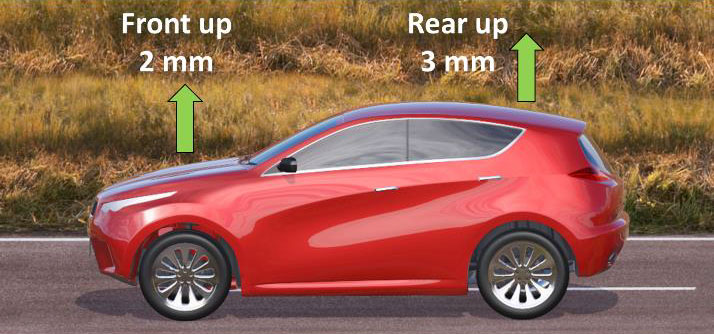Improved Aerodynamic Prediction Through Coupled System and CFD Models

TATE, E., GARGOLOFF, J., DUNCAN, B., TUMMESCHEIT, H., GRIFFIN, J., BATTEH, J.:
MAY 15, 2017
12th International Modelica Conference, Prague, Czech Republic, pp. 47-53
Introduction
One of the most important aspects of a vehicle for fuel economy is the aerodynamic drag. Reducing drag improves fuel economy in conventional vehicles and range in electric vehicles. When a new vehicle is designed, a car maker must decide where to invest resources in meeting mandated and customer expected efficiency requirements. Meeting efficiency targets usually involves improving drag, reducing powertrain losses, and reducing vehicle mass. Improvements in each of these areas represent significant investments on any new program. Accurately predicting the drag is critical to predicting the performance that a production vehicle will achieve. If this value is accurately predicted, an OEM can confidently direct the large investments associated with improving fuel economy and range. If this value is incorrectly predicted, then late design changes that carry a large risk and expense are needed to meet the original vehicle targets. Predicting vehicle efficiency involves many tools that are used for simulating the different aspects of a vehicle. The vehicle drag prediction requires 3D CFD simulation. The efficiency is usually predicted in system simulations that consider drag, body, and powertrain behavior.

